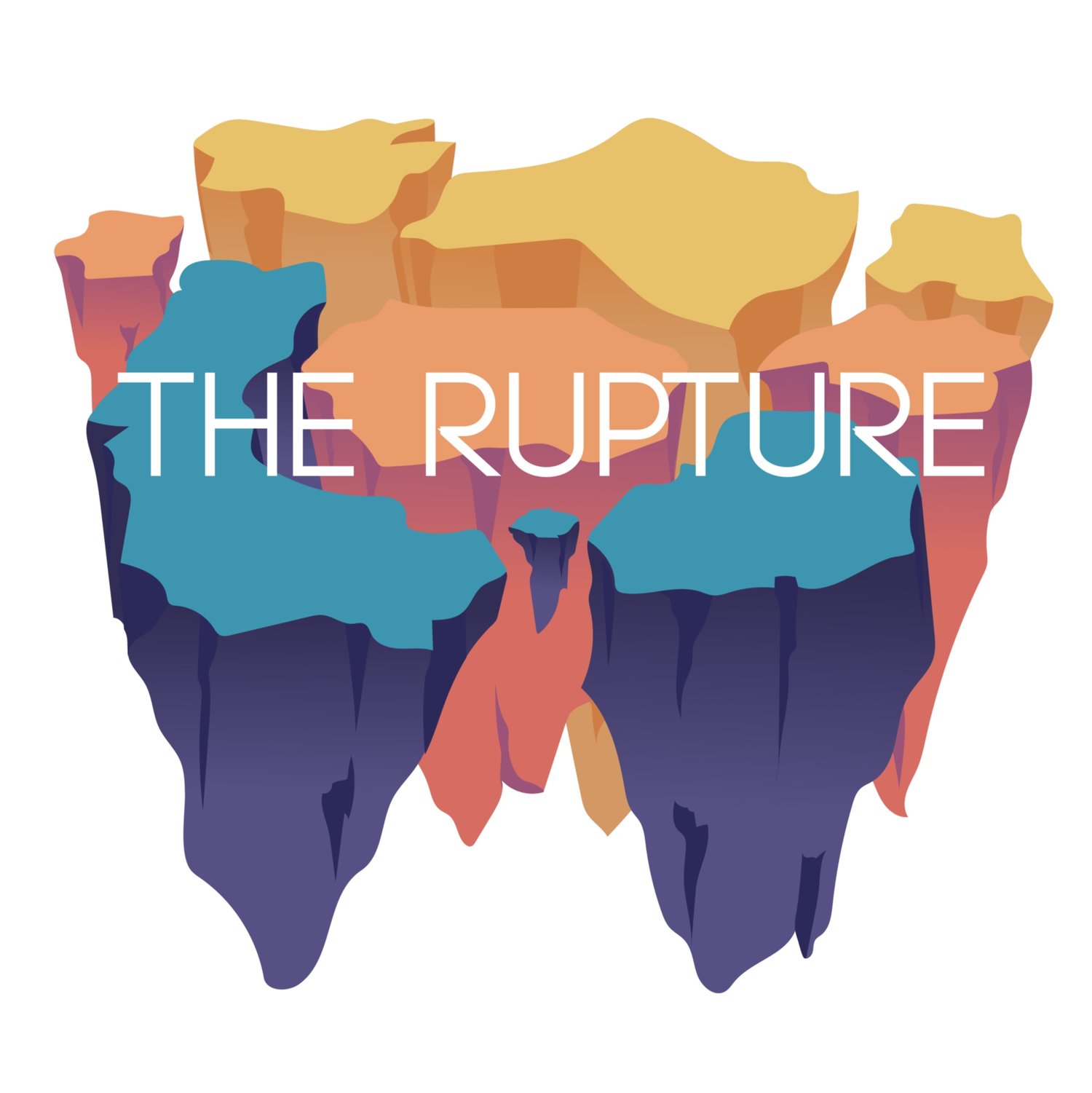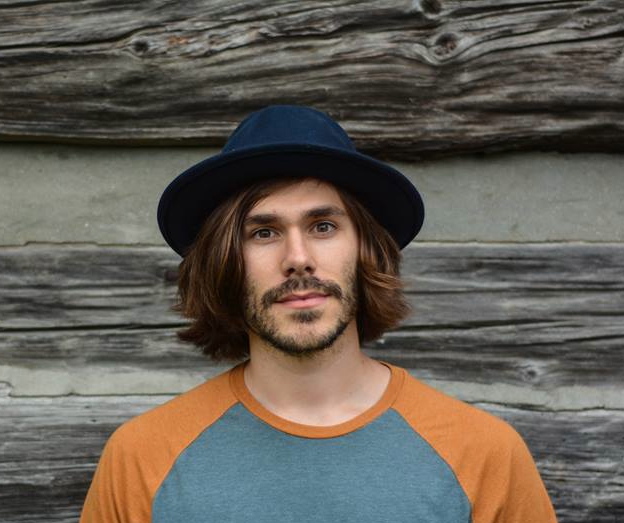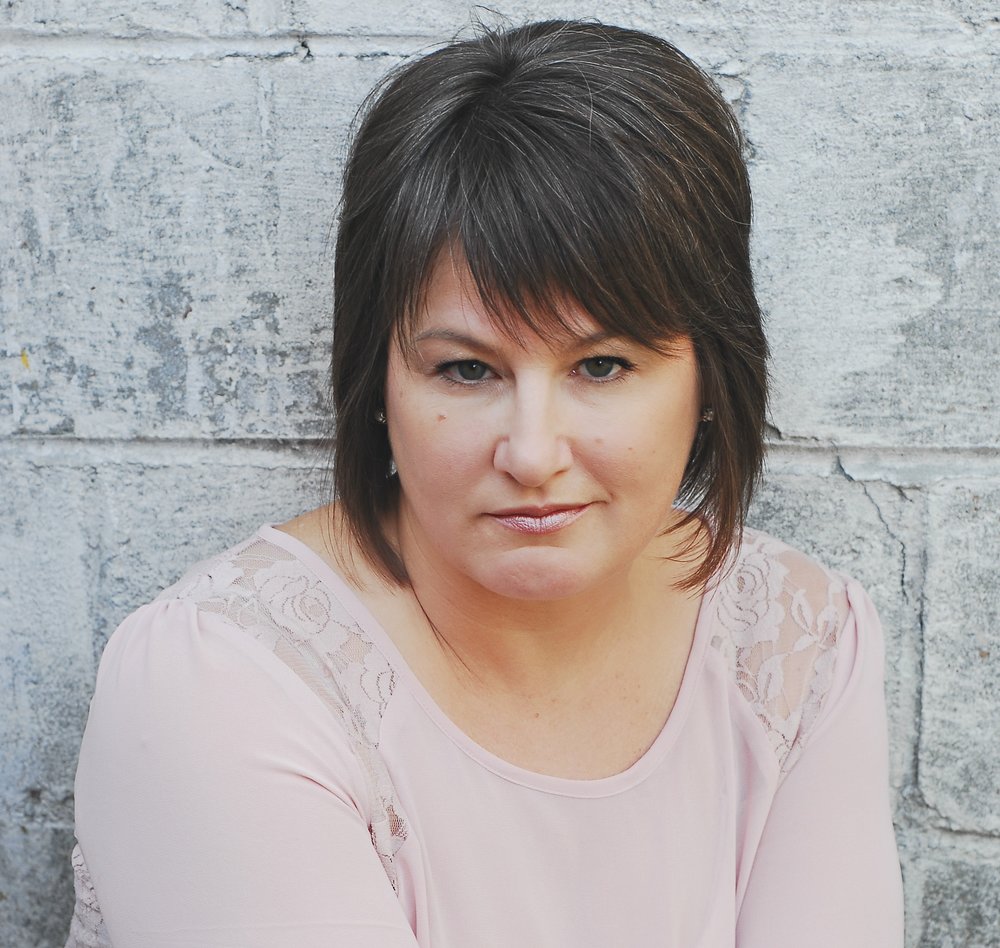 Aimee Parkison’s story collection, Refrigerated Music for a Gleaming Woman (FC2/University of Alabama Press 2017) won the FC2 Catherine Doctorow Innovative Fiction Prize. Parkison is a professor in the Creative Writing Program at Oklahoma State University. She has received a Starcherone Prize for Innovative Fiction, a Christopher Isherwood Fellowship, a North Carolina Arts Council Fellowship, a Writers at Work Fellowship, a Kurt Vonnegut Fiction Prize from North American Review, and a Hearst Fellowship from the American Antiquarian Society. Her writing has appeared in numerous literary magazines, and her books are The Petals of Your Eyes (Starcherone/Dzanc 2014), The Innocent Party (BOA Editions, Ltd. 2012), and Woman with Dark Horses (Starcherone 2004). More information is available at www.aimeeparkison.com.
Aimee Parkison’s story collection, Refrigerated Music for a Gleaming Woman (FC2/University of Alabama Press 2017) won the FC2 Catherine Doctorow Innovative Fiction Prize. Parkison is a professor in the Creative Writing Program at Oklahoma State University. She has received a Starcherone Prize for Innovative Fiction, a Christopher Isherwood Fellowship, a North Carolina Arts Council Fellowship, a Writers at Work Fellowship, a Kurt Vonnegut Fiction Prize from North American Review, and a Hearst Fellowship from the American Antiquarian Society. Her writing has appeared in numerous literary magazines, and her books are The Petals of Your Eyes (Starcherone/Dzanc 2014), The Innocent Party (BOA Editions, Ltd. 2012), and Woman with Dark Horses (Starcherone 2004). More information is available at www.aimeeparkison.com.
Her stories, "The Casting Director," and "Code Violations,' appeared in Issue Seventy-Eight of The Collagist.
Here, Aimee Parkison talks with interviewer William Hoffacker about writing fiction and the art of listening.
What can you tell us about the origins of your two short stories, “The Casting Director” and “Code Violations”? What sparked the initial idea for each?
These flash fictions come from very different places emotionally, tonally, and conceptually. Both owe a debt to the art of listening. As a fiction writer, listening is important for capturing voice. I do two types of “listening” when writing stories—one is actual listening to things people say, partly to develop my “ear” but partly to gather ideas. The other type of listening has to do with language, sounds of words, tones, and how those words become voices full of life, personality, secrets, moods, codes, and shadow stories.
For this type of discovery, I truly have to learn to listen to the voices in my head. Those voices, although inside of me, aren’t mine. They come from language and I need to be very open to hear them, to channel them artistically. I suppose that will sound crazy to some people, especially those who aren’t creative writers, but I actually do need to listen to the voices in my head and follow these voices because they lead to good things, artistically. Listening to voices (real and imagined) brings stories, characters, ideas, discovery, and actually is very healthy for an artist to do.
I live in a haunted house where people have heard voices, but I’m not sure if that has anything to do with these two stories, both of which I got by listening in various ways inside my haunted house.
“The Casting Director” has a first-person narrator as well as a character, Catherine, who is sometimes addressed as “you.” What made you decide this story’s point of view should feature direct address to a specific character with a name (rather than a generic “you”)? As the author, how much do you know about these characters’ relationship to one another that the reader might not be privy to?
“The Casting Director” was almost purely language based in its beginning when I allowed the words to take me to Catherine through the voice of her estranged friend, the speaker. I found that voice by listening hard for the character, following the character by listening to the words on the page and the way they created a trail in my mind to the character waiting to tell her story. She wanted to tell the story to Catherine, for Catherine, not to me, so this is why the very personal direct address to Catherine, rather than a generic “you.”
From the first sentence, “Code Violations” has a lighter tone, with its “toilet in the shower in the kitchen, beside the stove.” How often do you prioritize having a sense of humor in your fiction? Is it hard work to make your writing funny, or does it happen naturally?
“Code Violations,” the idea for it, the place, was one of those lucky things that happens to writers sometimes. It has to do with the art of listening. This time I wasn’t listening to language on the page or a voice in my head but to a dear friend who suddenly remembered his old apartment in D.C. and described it to me. From that description, I started to imagine the place from the point of view of someone who is in love and living there with someone she loves, perhaps because I was in love with the person who was describing the apartment and have been for a very long time. The apartment he described, which sounded so problematic, was actually a place he remembered living very happily, although alone. I imagined us together there, or people like us, and what that place would be like for a couple in love.
Both of these stories are rather brief. “Code Violations” is particularly concise, containing fewer than 250 words. How do you maintain such an economy of language? Does it require a lot of revision and/or restraint to write a story in such a small space?
Brief stories are like poems, which require both incredible restraint and incredible openness to write well. Longer stories are more novelistic, requiring a different kind of restraint—a structural restraint. For me, writing flash fiction is more intuitive and poetic than writing longer fiction. I write both types of fiction—long and short. I write some language based, poetic fiction and some longer, more traditionally structured narrative.
When it comes to negotiating longer works, especially those that are longer novels, structure is necessary. The longer the work, the more it needs a logical structure to guide it to cohesion and completion. The shorter the work, the more it needs a strong voice to guide it, to allow it to sing and create meaning through sound and tone and implied narrative flowing from voice.
What writing projects are you working on now?
My newest story collection, which will be my fourth published book, Refrigerated Music for a Gleaming Woman, just won the 2016 FC2 Catherine Doctorow Innovative Fiction Prize. Although the creative work for the collection is mostly finished, I’ll be doing lots of editing and proofreading and likely some revision as the book is scheduled for publication in 2017 through FC2, an imprint of University of Alabama Press. It will be an exciting process to get to work with the collective and also with a university press in seeing the book to print.
In addition, I’m always writing new stories for future collections. Some of these stories are long and some very short. I’m doing lots of journaling to capture new ideas and voices.
While working on stories, I’m finishing a longer historical novel, which is in the revision stages, a project I’ve been working on for several years. I’ve received lots of wonderful support on the project from the American Antiquarian Society, the North Carolina Arts Council, and Oklahoma State University, which granted me a sabbatical to help me finish the book this year.
What have you read recently that you’d like to recommend?
Joy Williams—The Visiting Privilege
Clarice Lispector—The Complete Stories
Nickole Brown—Fanny Says
George Looney—Meditations before the Windows Fail
Elena Ferrante—The Days of Abandonment
Stephen Graham Jones—The Bird is Gone: A Manifesto








